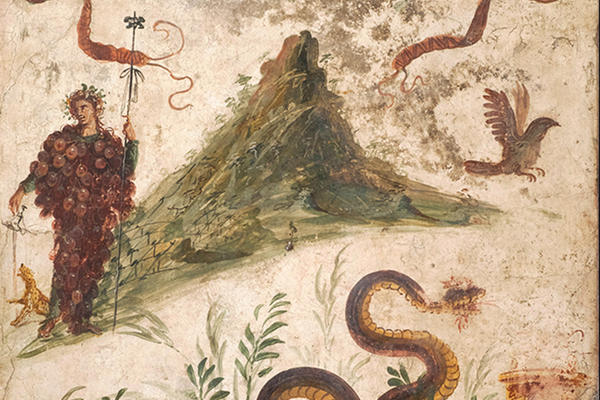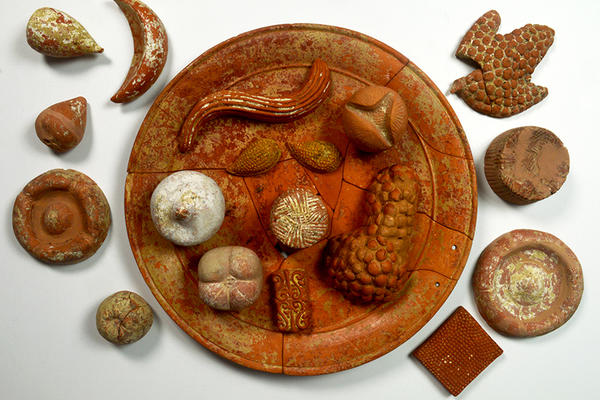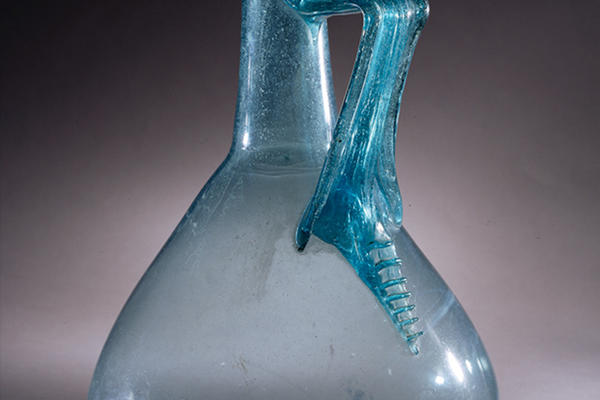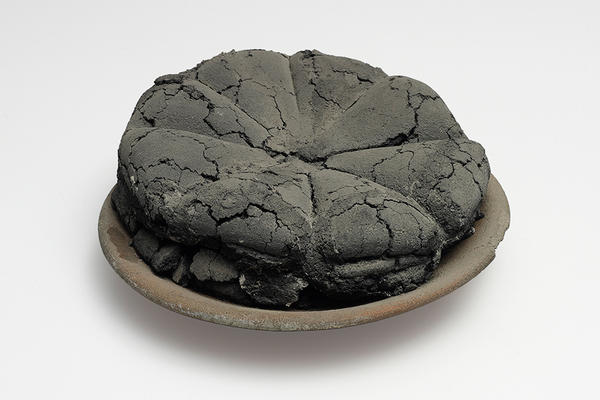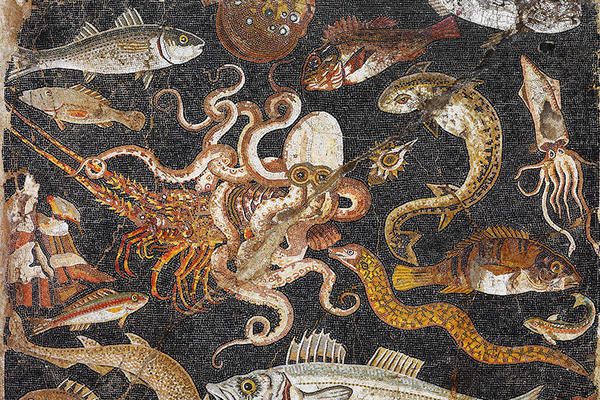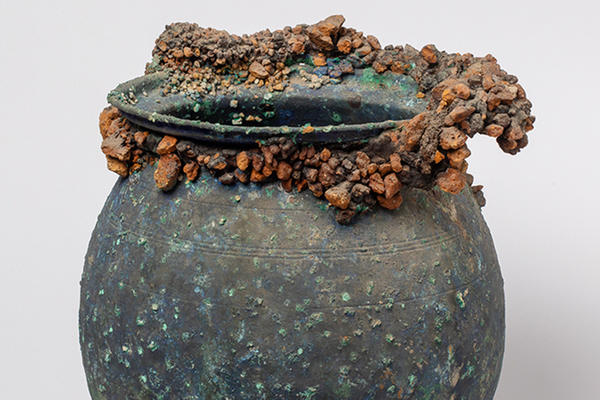LAST SUPPER IN POMPEII
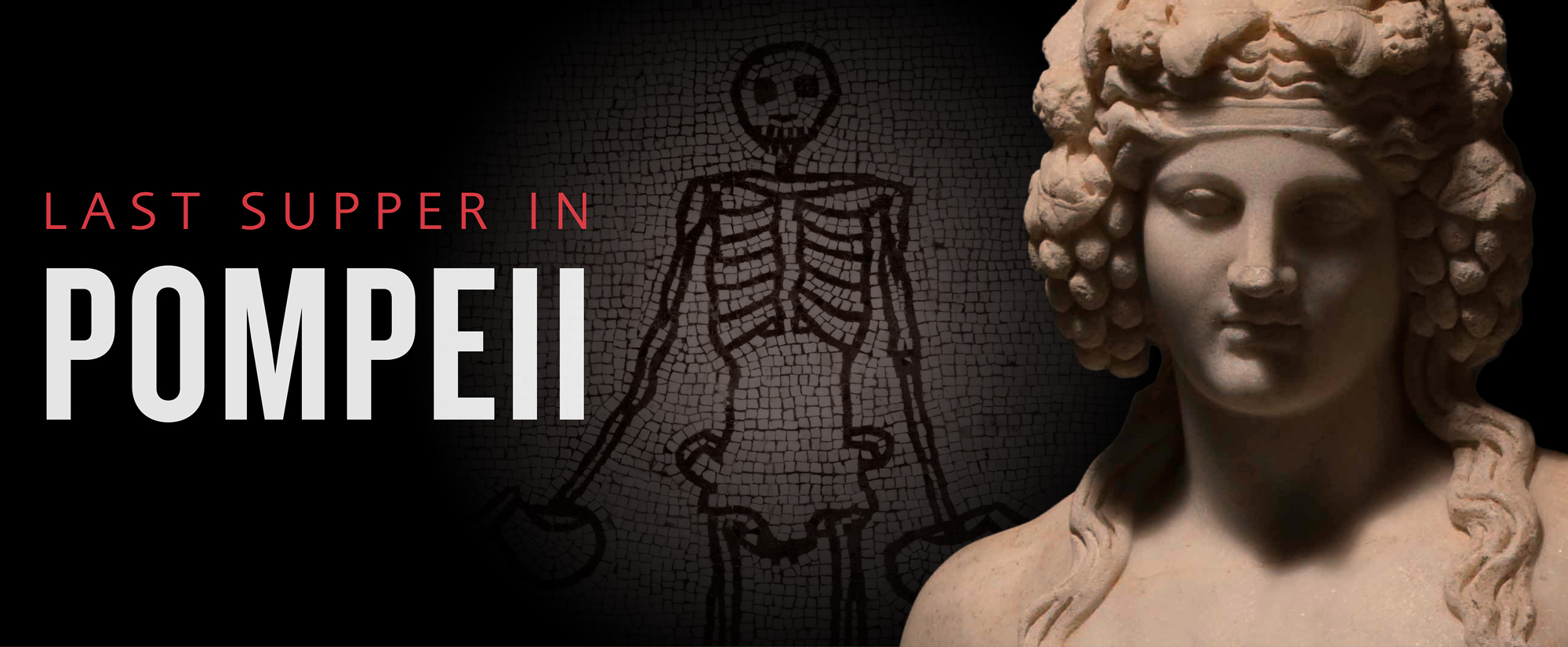
PAST EXHIBITION
25 July 2019 – 12 January 2020
"Triumphant"
The Financial Times
★ ★ ★ ★ ★
"Brilliant – a feast of a show"
The Telegraph
"A marvellously engrossing exhibition"
The Sunday Times
This major exhibition told the story of the ancient Roman city of Pompeii's love affair with food and wine.
Located in the sunny paradise of southern Italy, Pompeii was sandwiched between lush vineyards and fertile plains to one side, and the bountiful waters of the Bay of Naples to the other. When the ash from Mount Vesuvius began raining down on Pompeii in AD 79, people were engaged in typical day to day activities: producing, buying and selling food and, most importantly, eating and drinking.
This exhibition included 400 rare objects, including fine masterpieces of Roman art which range from the luxury furnishings of Roman dining rooms to the carbonised food that was on the table when the volcano erupted. Everything from the exquisite mosaics and frescoes in the villas of the wealthy to the remains found in kitchen drains, show what the Pompeians loved to eat and drink. This remarkable exhibition provided an extraordinary insight into their everyday lives.
RELATED VIDEOS & ARTICLES
SUPPORTERS
The exhibition has been organised in collaboration with the Archaeological Park of Pompeii, the National Archaeological Museum of Naples and the Archaeological Park of Paestum.
The exhibition has been generously supported by

Additional support was received from
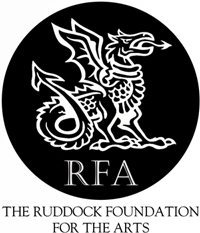
The William Delafield Charitable Trust
Stockman Family Foundation
Patrons of the Ashmolean Museum
The Helen Roll Charity
Professor Gillies McKenna and Professor Ruth Muschel
Charles and Alison Young
The late Miss Cecil Western
Mr John and Mrs Margaret Leighfield
The exhibition audio guide was made possible with support from The Lucinus Trust.


